Choosing the right cologne is more than just picking an appealing scent; it’s about finding a fragrance that embodies your personality and complements your unique chemistry.
But, navigating the world of men’s fragrances can be daunting, especially with a myriad of options available. This guide aims to demystify this process, providing you with a holistic understanding of fragrances, and empowering you to select the ideal cologne that suits your style, occasion, and budget.
Understanding Fragrance Notes
Every fragrance is a symphony of various scents known as ‘notes.’ A perfume unfolds in three stages: top notes (the initial scent you experience, lasting for 15-30 minutes), middle or ‘heart’ notes (develop after the top notes evaporate, lasting 3-5 hours), and base notes (long-lasting scents that form the fragrance’s backbone). The situation is similar when it comes to cologne for men.
Fragrance families, such as citrus, woody, oriental, and aquatic, are defined by the dominant notes in a cologne. Citrus scents are fresh and tangy, woody ones have earthy undertones, oriental fragrances exude warmth and richness, while aquatic perfumes capture the essence of the sea breeze.
Understanding your preferred notes and families can help you make an informed choice. Sample a variety of colognes and pay attention to which scents you gravitate towards. For instance, if you’re drawn towards fresh, invigorating scents, citrus or aquatic fragrances such as Dossier’s Citrus Ginger, inspired by the iconic Le Labo Bergamote 22, could be ideal for you.
Determining Your Style And Occasion
Your cologne should be an extension of your personality and adapt to different settings. For formal events, choose subtle, refined fragrances like woody or oriental scents. Casual affairs allow for experimentation with fresh, lively notes like citrus or aquatic. Romantic evenings call for warm, alluring fragrances with musk or amber base notes.
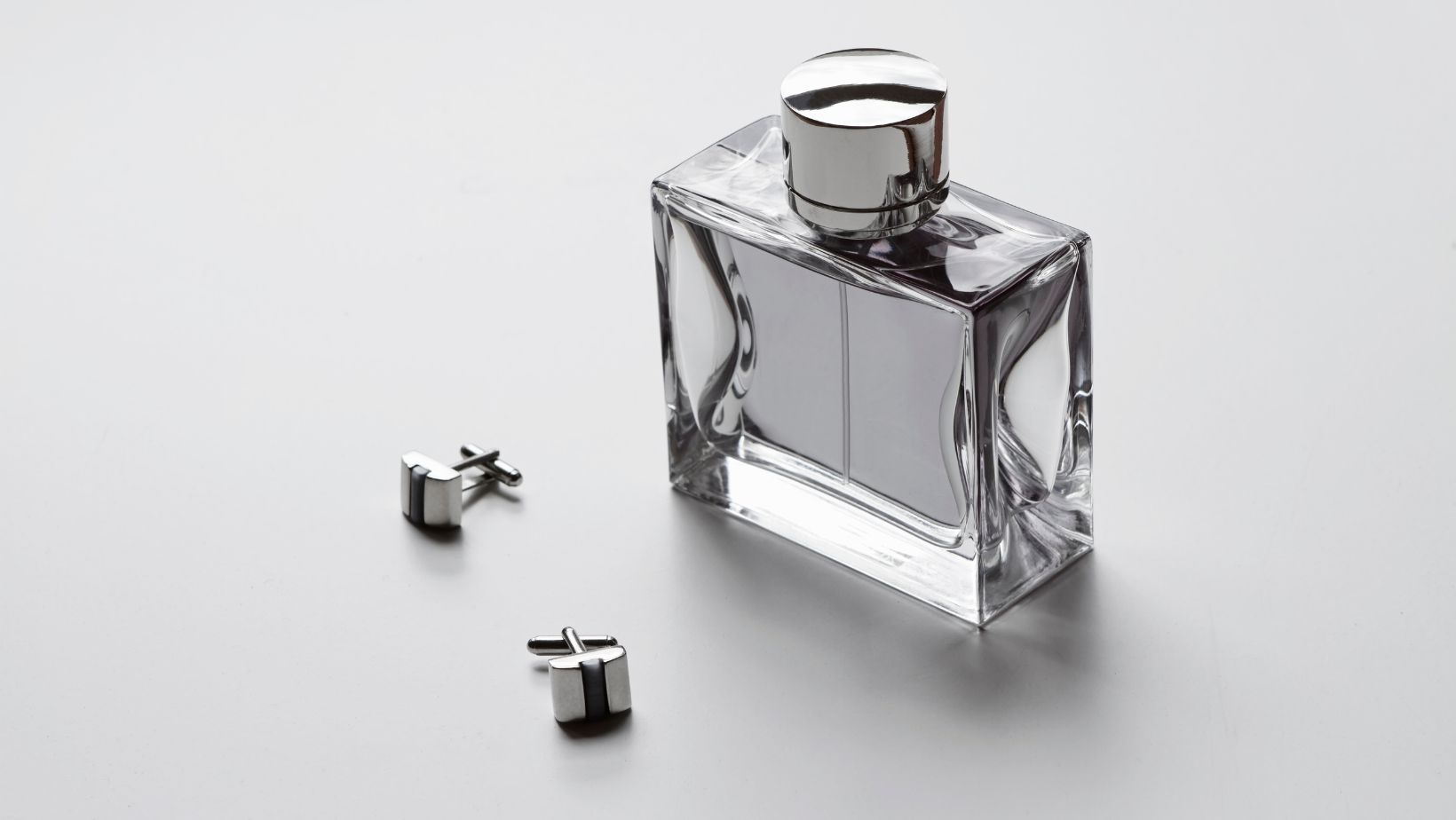
Moreover, consider your fashion preferences. If your wardrobe consists mainly of formal wear, sophisticated fragrances will complement your style. Conversely, if you’re more casual, opt for energetic, vibrant scents.
Considerations For Skin Type And Chemistry
Your skin type significantly impacts how a cologne smells on you. Dry skin tends to absorb scent quickly, making lighter, citrus-based colognes fade faster. Oily skin, conversely, retains fragrance longer, allowing stronger, spicy notes to shine.
Hence, it’s crucial to test colognes directly on your skin rather than on blotters. Pay attention to how the scent evolves over several hours and whether it blends well with your natural aroma.
Researching And Testing Fragrances
The internet is a treasure trove of information. Utilize online resources, such as perfume blogs, fragrance databases like Fragrantica, and YouTube reviews, to gain insight into a cologne’s scent profile, longevity, and public perception.
Don’t overlook the experience of visiting fragrance counters. First-hand testing allows you to gauge how a scent resonates with you. When testing multiple colognes, cleanse your palate with coffee beans between sniffs to avoid olfactory fatigue.
Companies like Dossier offer affordable samples of their fragrances, allowing you to experience high-end scents like Tom Ford’s Oud Wood or Chanel’s Bleu De Chanel, without breaking the bank.
Choosing The Right Strength And Concentration
Colognes come in various strengths, the most common being Eau de Cologne, Eau de Toilette, and Eau de Parfum, each with increasing concentration of fragrance oils.
Cologne is light and typically lasts up to two hours, making it suitable for those preferring a subtle scent. Eau de Toilette is moderately concentrated, lasting around 3-4 hours, ideal for everyday use. Eau de Parfum is the strongest, providing 5-8 hours of longevity, perfect for events or long workdays.
Seasonal Considerations
Different seasons inspire different scent preferences. Spring calls for fresh, floral fragrances, while summer favors light, citrusy scents. Fall inspires warmer, spicier colognes, and winter is perfect for rich, deep fragrances.
Seasonal trends may influence fragrance releases, but ultimately, your personal preference should guide your choice.
Budget-Friendly Options
High-end doesn’t always mean better. Numerous affordable colognes deliver quality without the hefty price tag. Research and sample before investing in a full-sized bottle.
Brands like Dossier offer premium, ethically-sourced fragrances at accessible prices, proving that quality and affordability can coexist in the fragrance industry.
Signature Scents And Unique Finds
A signature scent is a fragrance that becomes part of your identity, a scent people associate with you. Choosing a signature scent involves experimentation and time.
Moreover, exploring lesser-known or niche brands can yield unique finds that distinguish you from the crowd.
Longevity And Projection
Longevity refers to how long a cologne lasts on your skin, while projection, or ‘sillage,’ relates to the scent trail left behind.
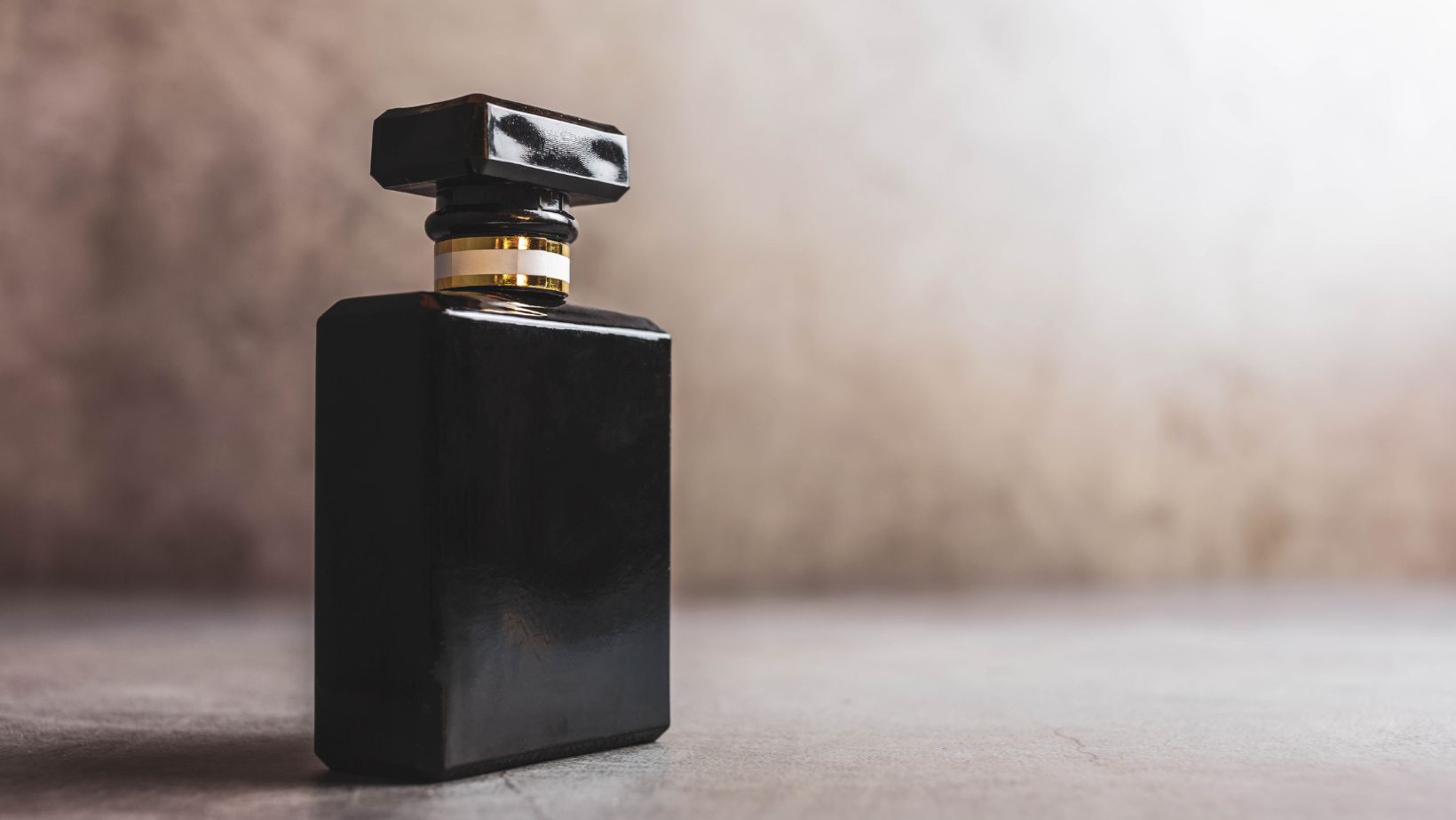
Prioritize these factors based on your needs. Some occasions call for subtlety, while others demand a pronounced presence.
Proper Application Techniques
The most effective spots to apply cologne are your pulse points – wrists, behind the ears, and the neck – where the skin is warm and enhances the scent. Remember, less is more; over-applying can be overpowering.
Maintaining And Storing Your Colognes
Store your colognes in cool, dark places to preserve their quality. Excessive heat and light can alter the fragrance. Also, avoid shaking your cologne bottles as it can lead to air exposure, which accelerates spoilage.















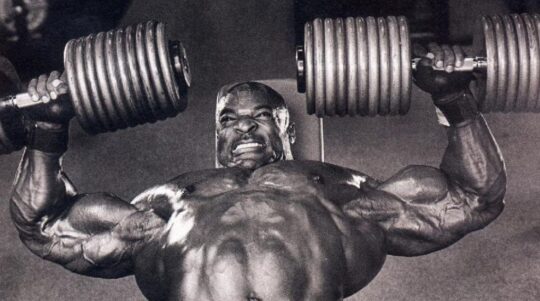
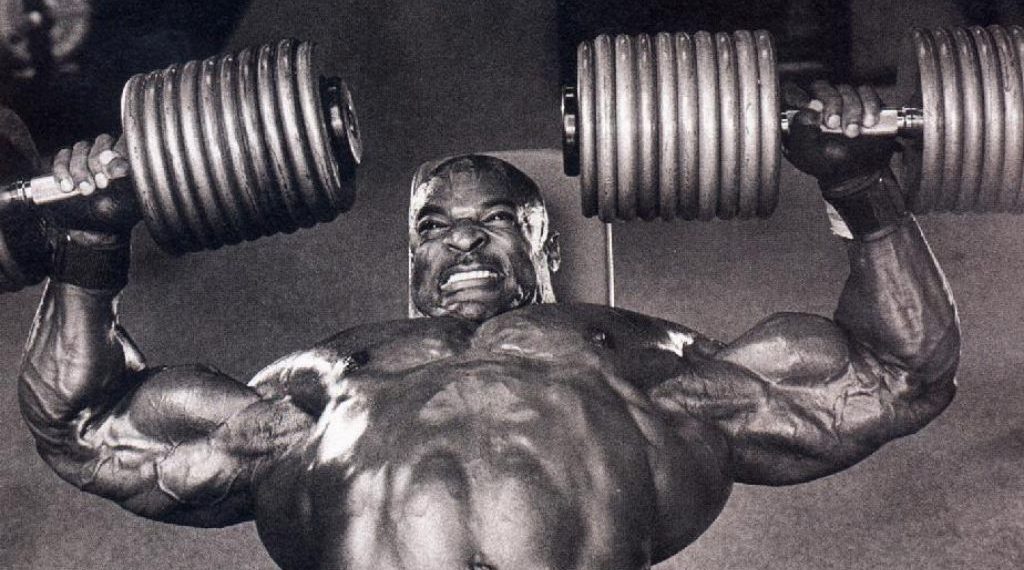 Most modern bodybuilders have sagging breasts. Her shoulders and triceps are absolutely huge, but her chest generally lags behind the rest of her upper body. If your chest is lagging behind the rest of your upper body, it means your current workout routine isn’t working and you need to change something. In this comprehensive guide, I’ll teach you the top 5 training strategies for taking care of a sagging chest. The best strategies for chest training include using a proper mechanical stance with the chest up for all chest exercises, proper sequencing of exercises, and using proper high-intensity training methods, such as. B. Drop sets and Iso plugs. Here’s a summary of the rest of this article: Overview of Article
Most modern bodybuilders have sagging breasts. Her shoulders and triceps are absolutely huge, but her chest generally lags behind the rest of her upper body. If your chest is lagging behind the rest of your upper body, it means your current workout routine isn’t working and you need to change something. In this comprehensive guide, I’ll teach you the top 5 training strategies for taking care of a sagging chest. The best strategies for chest training include using a proper mechanical stance with the chest up for all chest exercises, proper sequencing of exercises, and using proper high-intensity training methods, such as. B. Drop sets and Iso plugs. Here’s a summary of the rest of this article: Overview of Article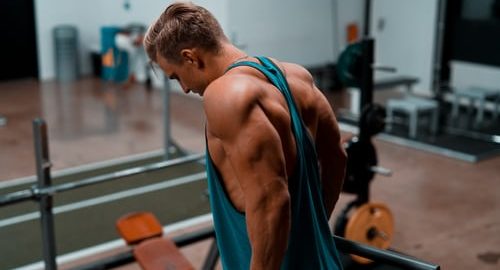 The most important factor in building a huge chest is the use of proper mechanical exercise positioning. I learned this term from bodybuilding coach Dante Trudel. In any chest exercise, the sternum should come up and protrude and the shoulder blades should go back and down. This ensures maximum chest extension throughout the range of motion of each chest exercise. Here, IFBB professional Stan Efferding shows you the correct mechanical chest position during the 30 degree incline bench press. Look at this: Stan lifts the sternum as high as possible and pulls the shoulder blades back and down with each repetition. This creates a strong stretch in the chest throughout the range of motion and maximizes tension on the muscle fibers in the chest. Stan also maintains this mechanical position in the upper bench press position. That’s what you need! Once you bring your shoulders forward during a chest exercise, you lose the tension in your chest and transfer it to your shoulders and triceps. Some bodybuilders, like. B. Ronnie Coleman, only do the bottom two-thirds of their chest exercises because this is where the most breast growth occurs. Just look at Ronnie Coleman pressing 500 pounds: Ronnie pretty much ignores the top half of the bench press! Why is Ronnie doing this? The reason is simple: a mechanical exercise position! Ronnie knows that the chest develops best in a stretched position with a deep load and a high chest, so he focuses exclusively on this part of the bench press. Ronnie Coleman had the second largest chest in the history of bodybuilding (just behind Arnold Schwarzenegger), and I don’t think that’s a coincidence. In reality, you can modify any chest exercise to make it more effective by pushing your sternum up and your shoulder blades down and back. If you learn to maintain this position while performing compound and isolated chest exercises, you will get better breast development. Strategy 2: It’s getting really scary with this!
The most important factor in building a huge chest is the use of proper mechanical exercise positioning. I learned this term from bodybuilding coach Dante Trudel. In any chest exercise, the sternum should come up and protrude and the shoulder blades should go back and down. This ensures maximum chest extension throughout the range of motion of each chest exercise. Here, IFBB professional Stan Efferding shows you the correct mechanical chest position during the 30 degree incline bench press. Look at this: Stan lifts the sternum as high as possible and pulls the shoulder blades back and down with each repetition. This creates a strong stretch in the chest throughout the range of motion and maximizes tension on the muscle fibers in the chest. Stan also maintains this mechanical position in the upper bench press position. That’s what you need! Once you bring your shoulders forward during a chest exercise, you lose the tension in your chest and transfer it to your shoulders and triceps. Some bodybuilders, like. B. Ronnie Coleman, only do the bottom two-thirds of their chest exercises because this is where the most breast growth occurs. Just look at Ronnie Coleman pressing 500 pounds: Ronnie pretty much ignores the top half of the bench press! Why is Ronnie doing this? The reason is simple: a mechanical exercise position! Ronnie knows that the chest develops best in a stretched position with a deep load and a high chest, so he focuses exclusively on this part of the bench press. Ronnie Coleman had the second largest chest in the history of bodybuilding (just behind Arnold Schwarzenegger), and I don’t think that’s a coincidence. In reality, you can modify any chest exercise to make it more effective by pushing your sternum up and your shoulder blades down and back. If you learn to maintain this position while performing compound and isolated chest exercises, you will get better breast development. Strategy 2: It’s getting really scary with this! 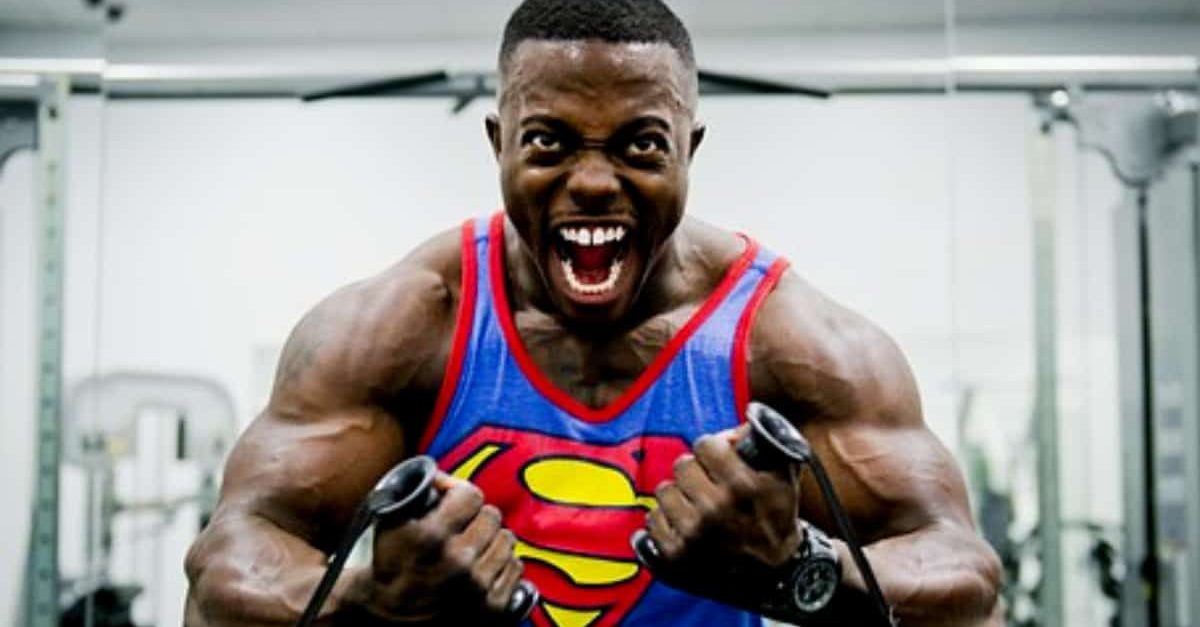 The most important factor in caring for a stunted body part is to use the right exercises for your body. If you don’t feel your breasts working when you do basic exercises, it doesn’t matter what volume, frequency or intensity you use: Her boobs will never grow! What’s the solution? As Dante Trudel says, the decision to be with this one is very strange. This means changing the old exercises and using new ones where you can actually create tension in your chest. One of the most overrated chest exercises in the world is the bench press. Bench pressing was great for Arnold Schwarzenegger, but it doesn’t do much for most people. Additionally, the flat bench causes more upper body injuries than all other exercises combined. Don’t get me wrong: the flat bench is a great exercise! But if you are trying to firm up sagging breasts, there are better options. Legendary bodybuilder Dorian Yates was a big fan of the bench press and the incline. Throughout his career he has used both with great success. Dorian rightly points out that the variations in incline and decline train the chest more, while putting less strain on the tendons of the pectoral muscles and causing far less injury. Flat, incline and decline dumbbell presses are also a much better choice than the flat bench press. They offer the chest muscles a greater range of motion and involve more motor units and muscle fibers in the chest muscles than dumbbell exercises. However, training the pectoral muscles is not limited to using the same incline / 30 degree drop every time. In fact, the chest can contract at any angle, whether downhill or steeply uphill. If you never experiment with dumbbell parallel squats, 15-degree dumbbell presses, 60-degree dumbbell presses, etc., you’re leaving a TON of chest growth on the table. Here, IFBB pro Ben Pakulski talks about the concept: Ben rightly points out that the chest can contract at different angles. If your breasts aren’t growing, you MUST start experimenting with these different angles to work the dormant muscle fibers in your chest. One of the most popular chest exercises is the dumbbell swing. With this exercise you get a big chest stretch in the low position of the movement. It is also one of Arnold Schwarzenegger’s favorite chest exercises. Unfortunately, many people get poor results from this exercise. The low position can put a lot of pressure on the shoulders and chest tendons, while the high position puts little pressure on the chest muscles. A much better option for most bodybuilders is the chain fly, made popular by bodybuilding coach Josh Bryant. Here is an excellent video demonstration: This is a perfect example of how to get really crazy with it! The chains make the exercise easier in the low position where you are weaker and harder in the high position where you are stronger. In other words: The gears are ridiculously heavy at every point in the range of motion! The chains also make the exercise much safer. You can stretch your pecs considerably without worrying about overloading your shoulders or chest tendons in the down position. I think you’ll be shocked how hard your chest works when you first try this exercise. Strategy #3: Exercise Sequences
The most important factor in caring for a stunted body part is to use the right exercises for your body. If you don’t feel your breasts working when you do basic exercises, it doesn’t matter what volume, frequency or intensity you use: Her boobs will never grow! What’s the solution? As Dante Trudel says, the decision to be with this one is very strange. This means changing the old exercises and using new ones where you can actually create tension in your chest. One of the most overrated chest exercises in the world is the bench press. Bench pressing was great for Arnold Schwarzenegger, but it doesn’t do much for most people. Additionally, the flat bench causes more upper body injuries than all other exercises combined. Don’t get me wrong: the flat bench is a great exercise! But if you are trying to firm up sagging breasts, there are better options. Legendary bodybuilder Dorian Yates was a big fan of the bench press and the incline. Throughout his career he has used both with great success. Dorian rightly points out that the variations in incline and decline train the chest more, while putting less strain on the tendons of the pectoral muscles and causing far less injury. Flat, incline and decline dumbbell presses are also a much better choice than the flat bench press. They offer the chest muscles a greater range of motion and involve more motor units and muscle fibers in the chest muscles than dumbbell exercises. However, training the pectoral muscles is not limited to using the same incline / 30 degree drop every time. In fact, the chest can contract at any angle, whether downhill or steeply uphill. If you never experiment with dumbbell parallel squats, 15-degree dumbbell presses, 60-degree dumbbell presses, etc., you’re leaving a TON of chest growth on the table. Here, IFBB pro Ben Pakulski talks about the concept: Ben rightly points out that the chest can contract at different angles. If your breasts aren’t growing, you MUST start experimenting with these different angles to work the dormant muscle fibers in your chest. One of the most popular chest exercises is the dumbbell swing. With this exercise you get a big chest stretch in the low position of the movement. It is also one of Arnold Schwarzenegger’s favorite chest exercises. Unfortunately, many people get poor results from this exercise. The low position can put a lot of pressure on the shoulders and chest tendons, while the high position puts little pressure on the chest muscles. A much better option for most bodybuilders is the chain fly, made popular by bodybuilding coach Josh Bryant. Here is an excellent video demonstration: This is a perfect example of how to get really crazy with it! The chains make the exercise easier in the low position where you are weaker and harder in the high position where you are stronger. In other words: The gears are ridiculously heavy at every point in the range of motion! The chains also make the exercise much safer. You can stretch your pecs considerably without worrying about overloading your shoulders or chest tendons in the down position. I think you’ll be shocked how hard your chest works when you first try this exercise. Strategy #3: Exercise Sequences 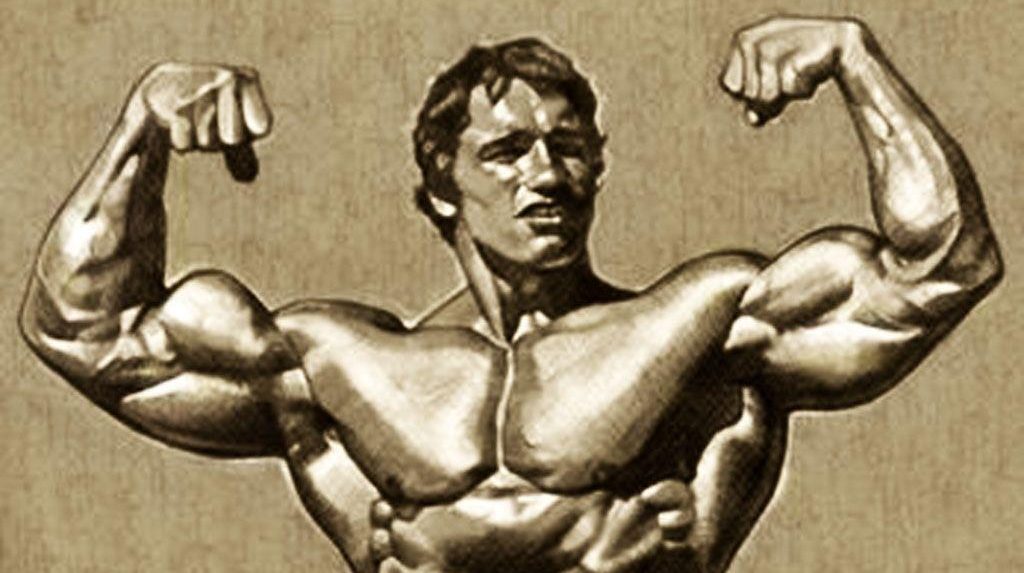 Let’s say you’re doing everything right in terms of exercises, but your breasts still aren’t growing. They use a correct mechanical posture, with the sternum high and the shoulder blades lowered and pulled back, to obtain maximum chest extension during each exercise. They are also very enthusiastic and use a wide range of chest angles/exercises where you can really feel your chest working. What are you doing now? The next step is to make sure you have the right sequence of exercises for your chest. This is something John Meadows has perfected in his mountain dog training program. John divides his chest training into 4 different phases to encourage as much chest growth as possible while avoiding injury:
Let’s say you’re doing everything right in terms of exercises, but your breasts still aren’t growing. They use a correct mechanical posture, with the sternum high and the shoulder blades lowered and pulled back, to obtain maximum chest extension during each exercise. They are also very enthusiastic and use a wide range of chest angles/exercises where you can really feel your chest working. What are you doing now? The next step is to make sure you have the right sequence of exercises for your chest. This is something John Meadows has perfected in his mountain dog training program. John divides his chest training into 4 different phases to encourage as much chest growth as possible while avoiding injury: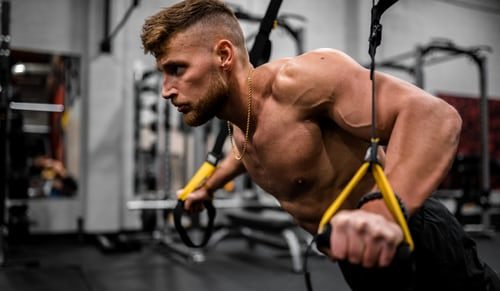 We looked at the main strategies for chest training, such as. B. The correct mechanical position for chest exercises, the odd selection of exercises and the sequence of exercises for maximum growth. If you are doing all this but your breasts are still not growing, you can try advanced breast shaping strategies. One of the best strategies for getting a lagging body part back on track is to increase the frequency of your workouts. Most advanced bodybuilders train each body part once a week in a typical bodybuilding pen pattern. For example: Typical bodybuilding splits
We looked at the main strategies for chest training, such as. B. The correct mechanical position for chest exercises, the odd selection of exercises and the sequence of exercises for maximum growth. If you are doing all this but your breasts are still not growing, you can try advanced breast shaping strategies. One of the best strategies for getting a lagging body part back on track is to increase the frequency of your workouts. Most advanced bodybuilders train each body part once a week in a typical bodybuilding pen pattern. For example: Typical bodybuilding splits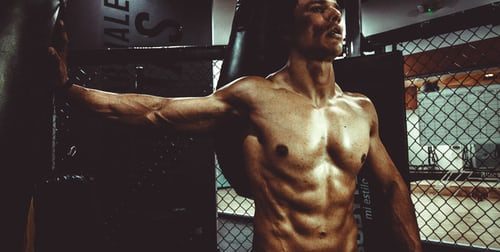 If you are doing everything right, but your breasts are still not growing, the traditional 3 sets of 10 exercises will not be enough. You should train until you fail and continue with different high intensity training methods. What these high-intensity training methods have in common is that they make the chest work harder by extending the tension time in the set after the muscle has succumbed. Here are some of the most effective high-intensity workouts for firming sagging breasts:
If you are doing everything right, but your breasts are still not growing, the traditional 3 sets of 10 exercises will not be enough. You should train until you fail and continue with different high intensity training methods. What these high-intensity training methods have in common is that they make the chest work harder by extending the tension time in the set after the muscle has succumbed. Here are some of the most effective high-intensity workouts for firming sagging breasts: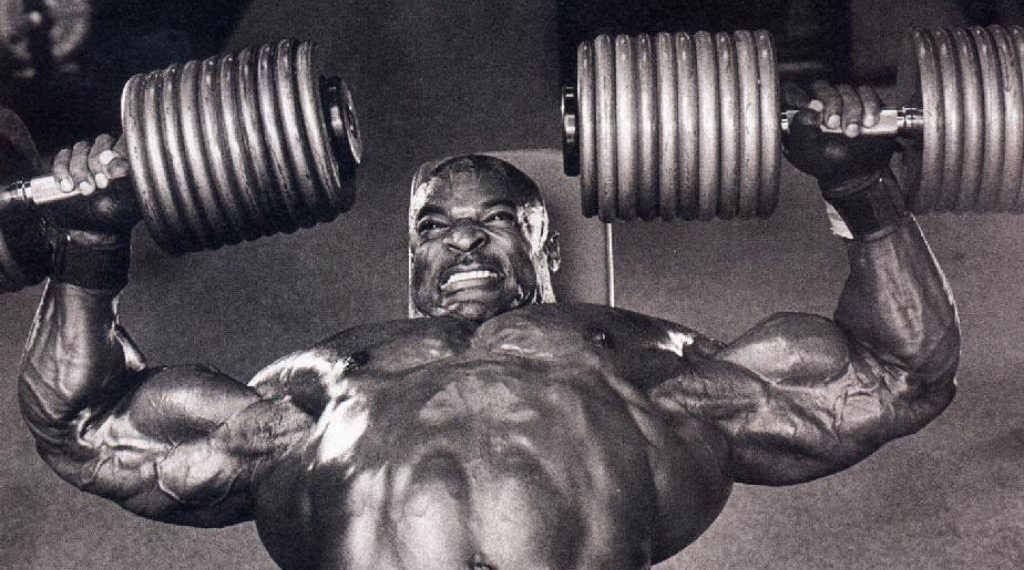 It’s time to turn your sagging breasts into one of your strongest body parts! In this guide, I outline the top five strategies you can use to replenish your soggy treasure chest:
It’s time to turn your sagging breasts into one of your strongest body parts! In this guide, I outline the top five strategies you can use to replenish your soggy treasure chest:
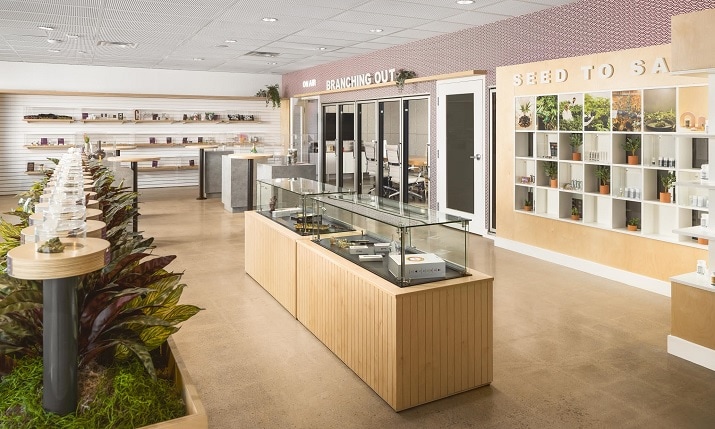 Saturday, the 15th. In May, the Giving Tree Dispensary will celebrate its 8th anniversary with a one-day festival featuring raffles, on-site vendors, food trucks and special sales. In addition, the Katatonic Diamond Bar will offer an exclusive cocktail called Terps on the Rocks. The limited edition co-production will feature an original work by Phoenix-based artist Ashley Macias. Only 500 copies will go on sale, the first at Giving Tree and the second at select Arizona pharmacies on the 22nd. The month of May will be on sale. With every purchase of Katatonic, customers will receive a limited edition poster, a collector’s pin and a sticker featuring the artwork. There will also be a raffle for the original painting by Masias. Katatonic Diamonds was developed as a means to deliver large, quantifiable doses of THCA and is known as the purest isolate in Arizona, tested at 99-100%. Katatonic’s pure THCA turns into THC when smoked and produces a clean, clear, cerebral high. The Giving Tree Dispensary has been serving Phoenix residents since May 2013, and with founder Lilah Mazor Power at the helm, it has become one of the most popular and trusted dispensaries in Arizona. Giving Tree is known for its personal buying advice and 30-day risk-free guarantee on all purchases. Earlier this year, the company unveiled a new open store concept optimized for product exploration and social interaction, with a lounge-like atmosphere and other interactive elements.
Saturday, the 15th. In May, the Giving Tree Dispensary will celebrate its 8th anniversary with a one-day festival featuring raffles, on-site vendors, food trucks and special sales. In addition, the Katatonic Diamond Bar will offer an exclusive cocktail called Terps on the Rocks. The limited edition co-production will feature an original work by Phoenix-based artist Ashley Macias. Only 500 copies will go on sale, the first at Giving Tree and the second at select Arizona pharmacies on the 22nd. The month of May will be on sale. With every purchase of Katatonic, customers will receive a limited edition poster, a collector’s pin and a sticker featuring the artwork. There will also be a raffle for the original painting by Masias. Katatonic Diamonds was developed as a means to deliver large, quantifiable doses of THCA and is known as the purest isolate in Arizona, tested at 99-100%. Katatonic’s pure THCA turns into THC when smoked and produces a clean, clear, cerebral high. The Giving Tree Dispensary has been serving Phoenix residents since May 2013, and with founder Lilah Mazor Power at the helm, it has become one of the most popular and trusted dispensaries in Arizona. Giving Tree is known for its personal buying advice and 30-day risk-free guarantee on all purchases. Earlier this year, the company unveiled a new open store concept optimized for product exploration and social interaction, with a lounge-like atmosphere and other interactive elements. 
















